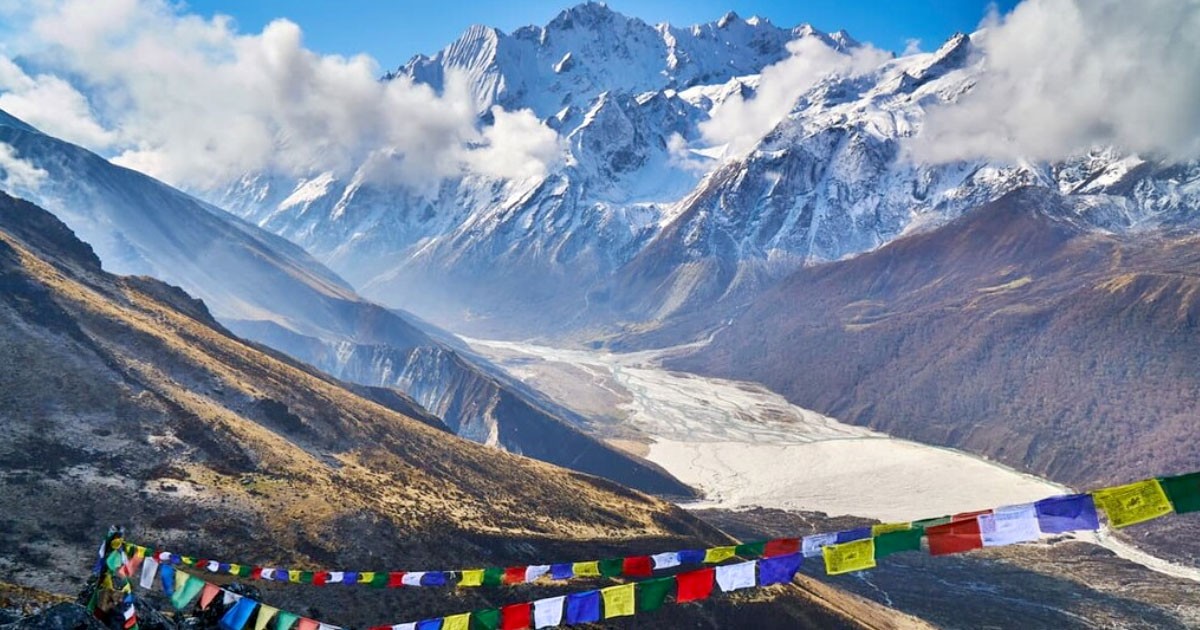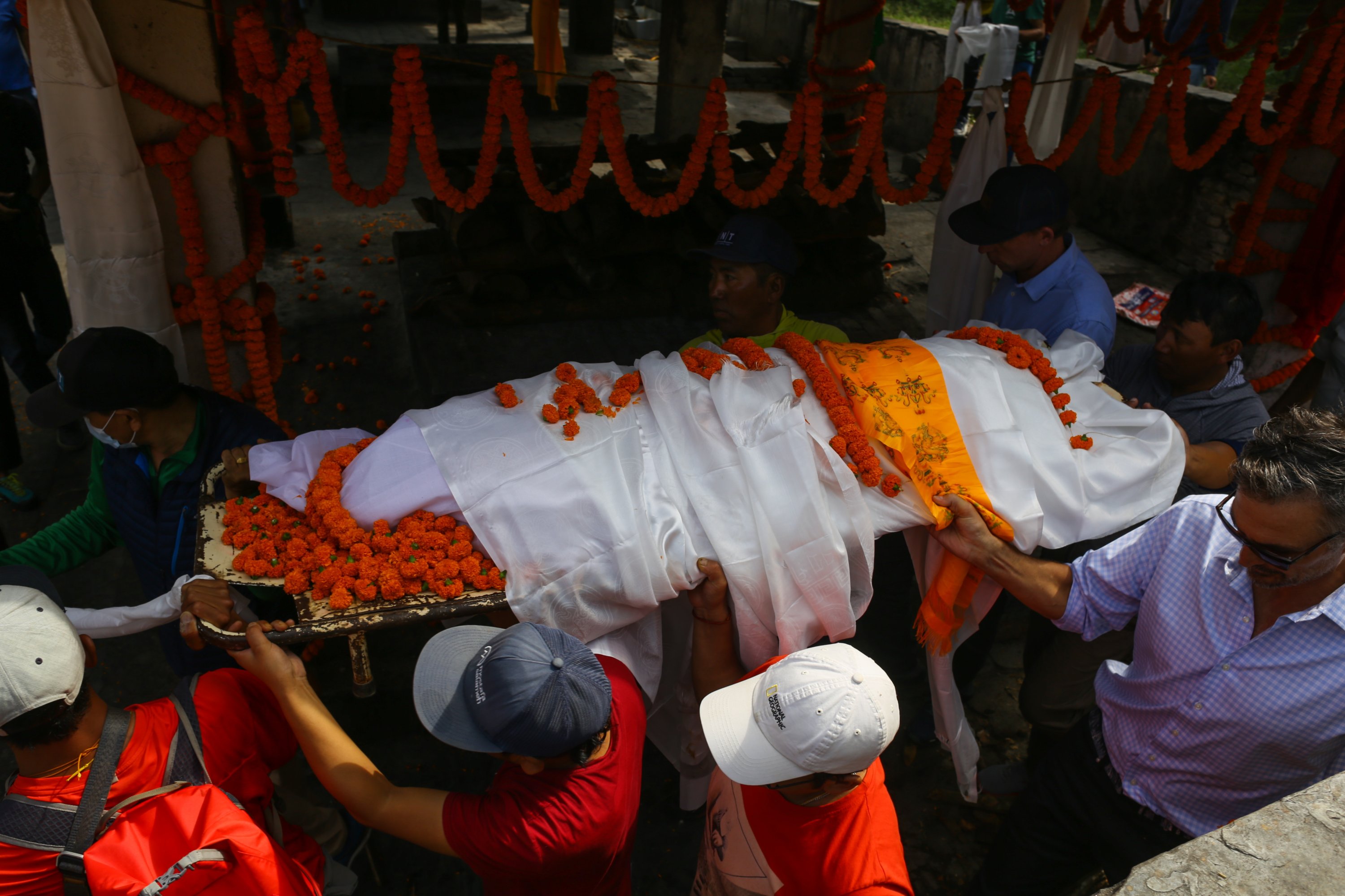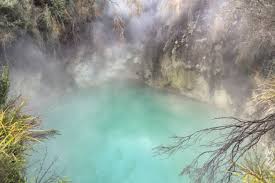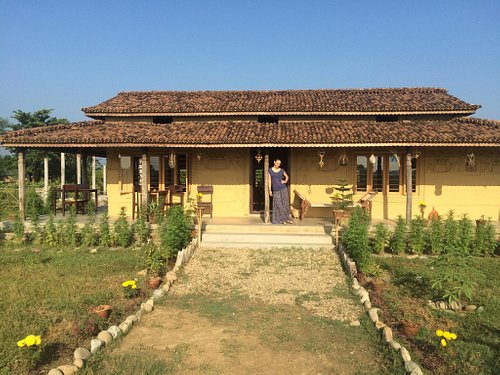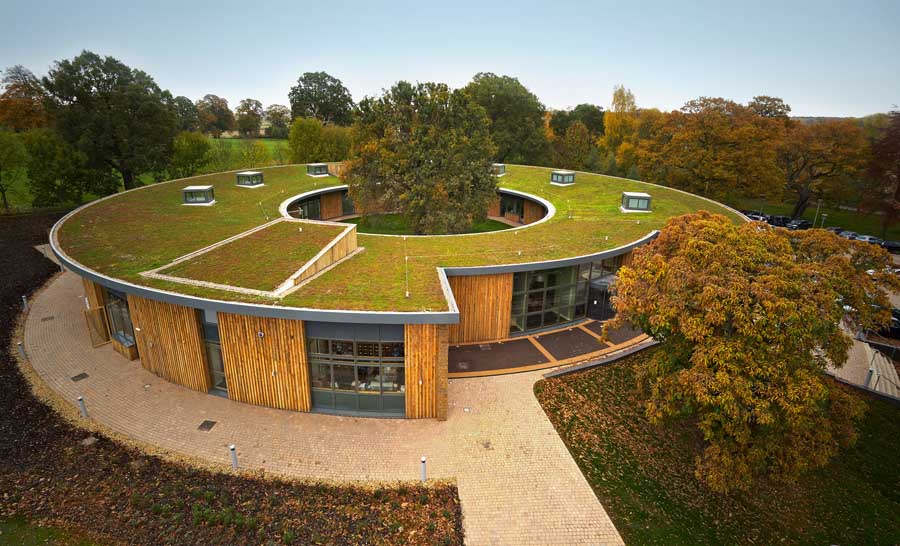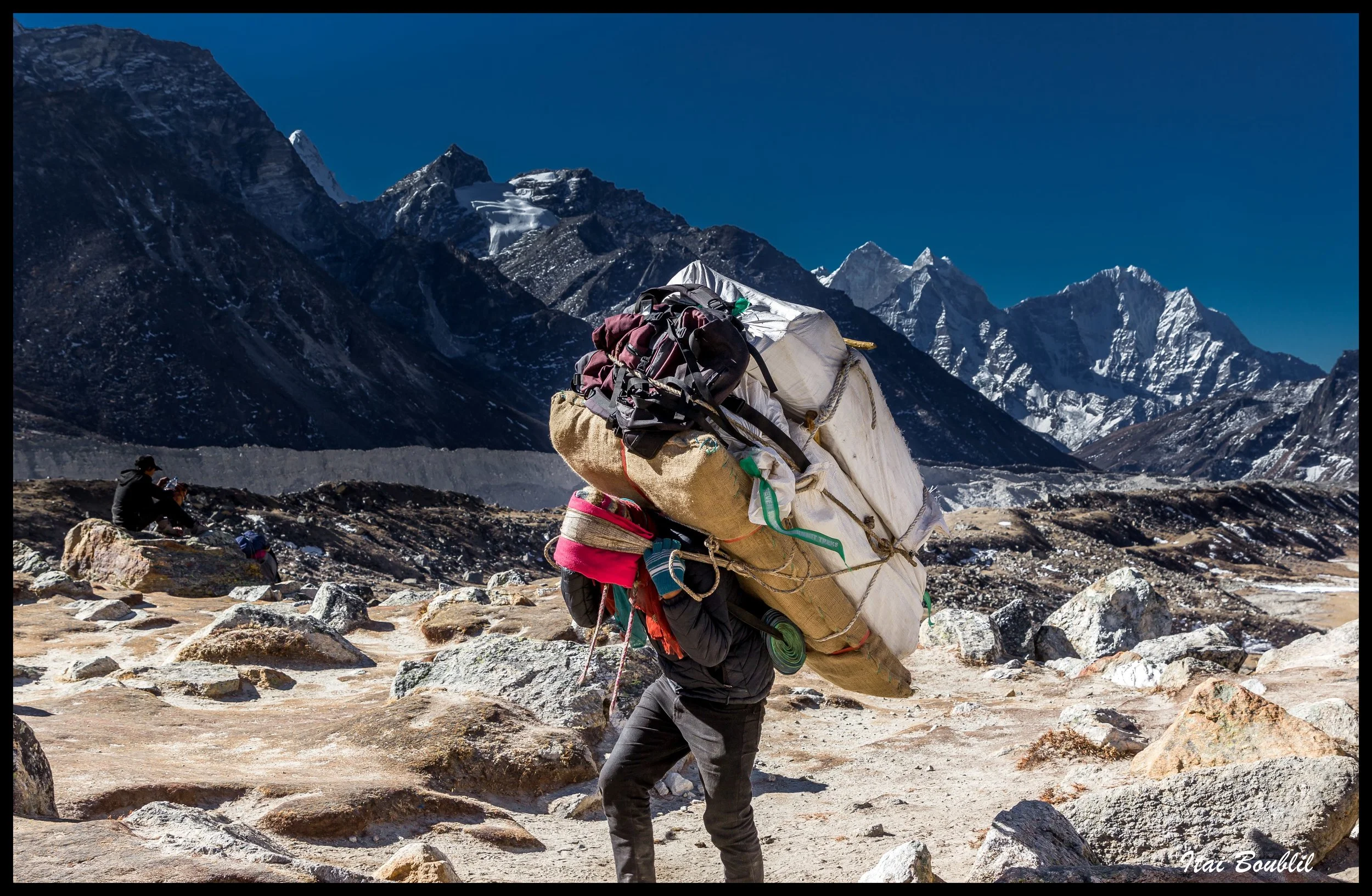Share this Article
Introduction
Langtang National Park, established in 1976 is Nepal’s first Himalayan national park and one of the most spectacular trekking destinations in the country situated in the central Himalayan region, this park covers an area of 1,710 square kilometers and is home to diverse ecosystems, breathtaking landscapes and a rich cultural heritage. The Langtang trek is one of Nepal’s most rewarding journeys, offering trekkers a mix of natural beauty, Tibetan-influenced culture and challenging trails.
Location and Topography
Langtang National Park is located in the Rasuwa, Nuwakot and Sindhupalchok districts, bordering Tibet to the north. The elevation in the park ranges from 1,000 meters to over 7,000 meters, creating diverse climatic conditions and habitats. The park is dominated by the Langtang Lirung (7,227 m) the highest peak in the region, along with other significant peaks like Gang Chhenpo, Dorje Lakpa and Langshisa Ri.
Flora and Fauna
It features a wide range of vegetation, from subtropical forests at lower elevations to alpine meadows and glaciers at higher altitudes. The forested areas consist of rhododendrons, oaks, pines and firs which provide a vibrant display of colors, especially in the spring.
Langtang National Park is home to a variety of wildlife, including endangered species such as the red panda, Himalayan black bear, snow leopard, musk deer and Himalayan tahr. Individuals having interest in birds can spot species like the Himalayan monal (Nepal’s national bird), snow partridge and various pheasants.
Cultural Heritage
The region is predominantly inhabited by Tamang and Tibetan communities who have preserved their rich Buddhist traditions. You can spot many monasteries, prayer wheels and chortens (Buddhist shrines) along the trekking routes, reflecting the spiritual importance of the area. Traditional stone houses, yak pastures and terraced fields create a picturesque setting that offers insight into the mountain lifestyle.One of the most sacred sites within the park is Kyanjin Gompa, an ancient monastery located at an altitude of 3,870 meters. The monastery serves as a center for religious and cultural activities and offers a panoramic view of the surrounding peaks.
Trekking Trails in Langtang National Park
Langtang Valley Trek
Overview
The Langtang Valley Trek is the most popular trail in the national park, taking trekkers through dense forests, alpine meadows and scenic villages before reaching Kyanjin Gompa. The trek generally takes 7–10 days to complete and is suitable for both beginners and experienced hikers.
Route
1. Syabrubesi (1,503 m) – The trek begins at Syabrubesi, a small town accessible from Kathmandu.
2. Lama Hotel (2,470 m) – The trail ascends through rhododendron and oak forests along the Langtang River.
3. Langtang Village (3,430 m) – A culturally rich Tamang settlement that was severely affected by the 2015 earthquake but has since been rebuilt.
4. Kyanjin Gompa (3,870 m) – The final stop of the trek, offering stunning views of Langtang Lirung, along with opportunities to explore Kyanjin Ri (4,773 m) and Tsergo Ri (4,985 m) for even better panoramic views.
Gosaikunda Trek
Overview
The Gosaikunda Trek is a spiritually significant journey leading to the sacred alpine lakes of Gosaikunda, located at 4,380 meters. This trek is often combined with the Langtang Valley trek.
Route
1. Dhunche (1,960 m) – The trek starts from Dhunche, the administrative headquarters of Rasuwa.
2. Sing Gompa (3,254 m) – A small village with a famous cheese factory and Buddhist monastery.
3. Gosaikunda (4,380 m) – The sacred lake believed to be created by Lord Shiva. Thousands of Hindu and Buddhist pilgrims visit the site during the Janai Purnima festival.
Helambu Trek
Overview
The Helambu Trek is an easier and shorter alternative that passes through the lower Langtang region known for its beautiful landscapes and traditional villages.
Route
1. Sundarijal (1,380 m) – The trek begins at the northern edge of Kathmandu Valley.
2. Chisapani (2,165 m) – A scenic hilltop offering views of the Langtang and Ganesh Himal ranges.
3. Tarkegyang (2,590 m) – A cultural hub of the Hyolmo people, famous for its monasteries.
Best Time to Visit
- Spring (March to May) – Clear skies, blooming rhododendrons and mild temperatures.
- Autumn (September to November) – Ideal weather conditions with stunning mountain views.
Trekking in winter is possible but challenging due to heavy snowfall, while the monsoon season (June to August) brings heavy rains, making trails slippery.
Trekking Permits and Regulations
Trekkers need the following permits:
1. Langtang National Park Entry Permit – Required for all visitors.
2. TIMS (Trekkers’ Information Management System) Card – Helps in tracking and ensuring trekker safety.
These permits can be obtained in Kathmandu or at entry checkpoints along the trail.
Challenges and Safety Measures
Common Challenges
- Altitude Sickness – Gradual acclimatization is necessary to prevent Acute Mountain Sickness (AMS).
- Remote Location – Limited facilities, so trekkers must be well-prepared with essentials.
- Weather Conditions – Sudden changes can lead to extreme cold and poor visibility.
Safety Measures
- Hiring an experienced guide can enhance safety and navigation.
- Carrying a basic first-aid kit is recommended.
- Checking weather updates before the trek is crucial.
Efforts for Conservation
Langtang National Park is a protected area with conservation initiatives to preserve its biodiversity and cultural heritage. Local and international organizations collaborate with each other timely to support eco-tourism, forest conservation and wildlife protection.
Conclusion
Langtang National Park offers a remarkable trekking experience with its rich biodiversity, breathtaking scenery,and deep cultural heritage whether one embarks on the Langtang Valley trek, the Gosaikunda trek or the Helambu trek, the journey through this Himalayan sanctuary is truly unforgettable. Sustainable trekking practices and conservation efforts are essential to preserving this pristine environment for future generations.
Categories:
Travel & Tourism
Tags:
Langtangchronicles
,
SacredLangtang
,
Langtangwhispers
,
Himalayanculturetrail
,
Valleyofglaciers

